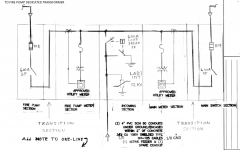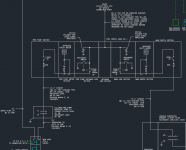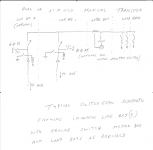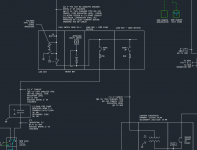zemingduan
Senior Member
- Location
- Philadelphia,PA
- Occupation
- Electrical Designer
Hi guys is the below design a code violation of the 695.3(A) (1)? This is a high rise building but not a multibuilding multi building campus-style complexes. The building is service by Atlantic City Electric.
The electric motor driven fire pump is also hooked to the generator emergency power via an ATS at the secondary of the fire pump dedicated transformer. The incoming electrical service is 12,470Y/7,200V 3ph 4wire service. The fire pump normal power is supplied from the tap/splice at the load side of the load break. I think this is a violation of the 695.3(A)(1) since it's not tap ahead of the service disconnect means.

Below is my proposal. I think this is code compliant. Let me know your ideas!

The electric motor driven fire pump is also hooked to the generator emergency power via an ATS at the secondary of the fire pump dedicated transformer. The incoming electrical service is 12,470Y/7,200V 3ph 4wire service. The fire pump normal power is supplied from the tap/splice at the load side of the load break. I think this is a violation of the 695.3(A)(1) since it's not tap ahead of the service disconnect means.

Below is my proposal. I think this is code compliant. Let me know your ideas!



